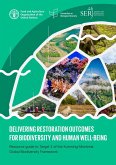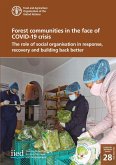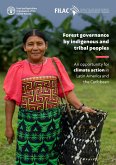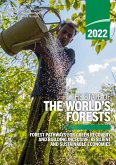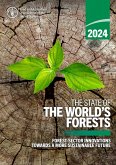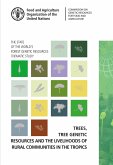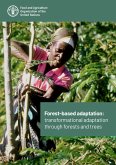Forests provide, directly or indirectly, important health benefits for all people not only those whose lives are closely intertwined with forest ecosystems, but also people far from forests, including urban populations. Recognition of the importance of forests for food security and nutrition has significantly increased in recent years, but their role in human health has received less attention. Nutrition and health are intrinsically connected: Good nutrition cannot be achieved without good health and vice versa. Therefore, when addressing linkages with forests, it is essential to address health and nutrition at the same time. Yet forests also provide a wide range of benefits to human health and well-being beyond those generally associated with food security and nutrition. This publication examines the many linkages of forests and human health and offers recommendations for creating an enabling environment in which people can benefit from them. Designed for practitioners and policy-makers in a range of fields from forestry to food security, from nutrition and health to land-use and urban planning it is hoped that the paper will stimulate interest in expanding cross-sectoral collaboration to a new set of stakeholders, to unlock the full potential of forests' contributions to greater human well-being.
Dieser Download kann aus rechtlichen Gründen nur mit Rechnungsadresse in A, B, CY, CZ, D, DK, EW, E, FIN, F, GR, H, IRL, I, LT, L, LR, M, NL, PL, P, R, S, SLO, SK ausgeliefert werden.



